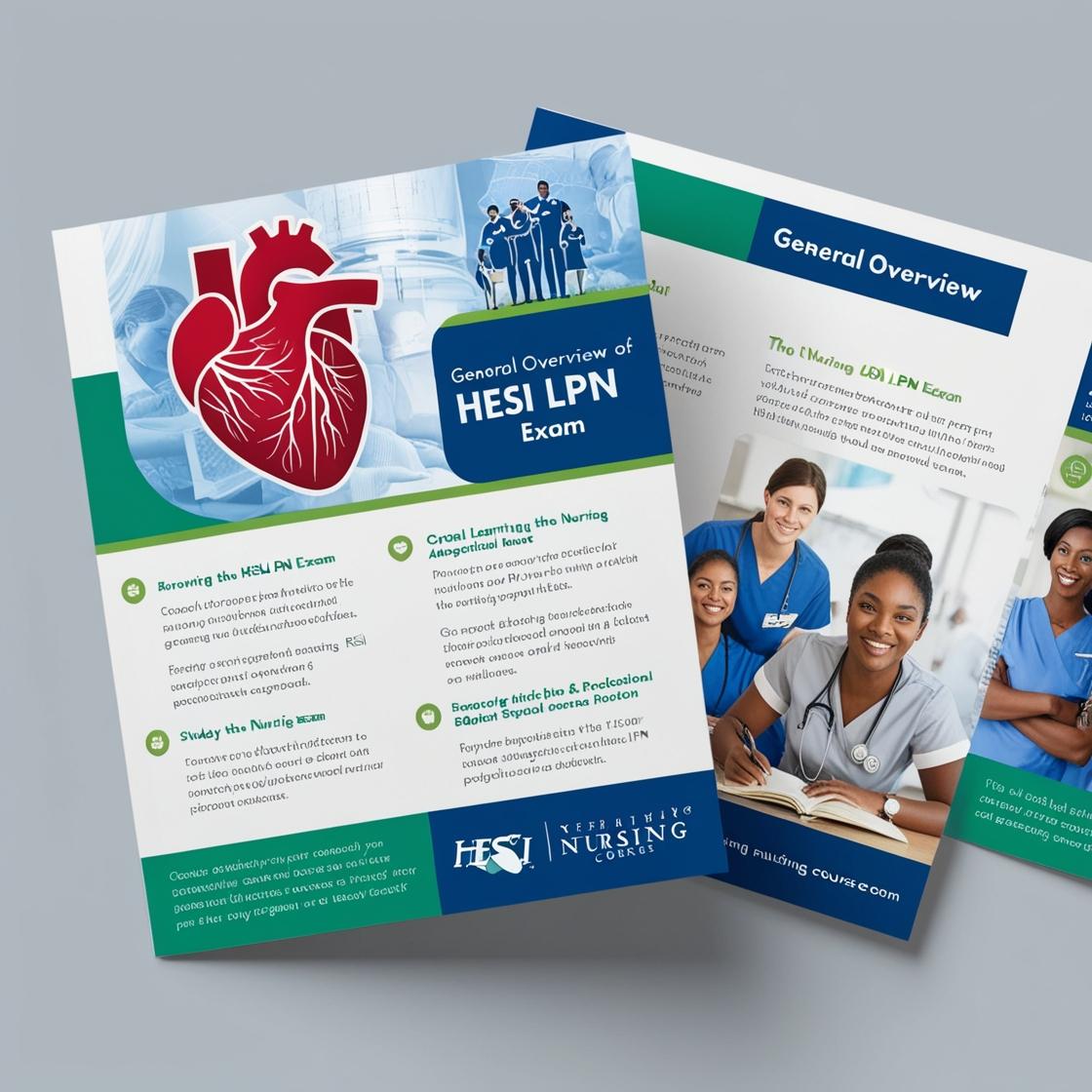HESI LPN
HESI Fundamental Practice Exam
1. The nurse is teaching the parents of a child who has head lice (pediculosis capitis). Which information will the nurse include in the teaching session?
- A. Treatment involves using regular shampoo.
- B. Products containing lindane are not recommended.
- C. Head lice may spread to furniture and other people.
- D. Manual removal is essential in treatment.
Correct answer: C
Rationale: The correct answer is C. Head lice are highly contagious and can spread to furniture and other people if not treated promptly. Informing the parents about the potential spread of head lice emphasizes the importance of thorough treatment and prevention measures. Choice A is incorrect as regular shampoo is not typically effective in treating head lice. Choice B is incorrect as products containing lindane are not recommended due to safety concerns. Choice D is incorrect as manual removal, though labor-intensive, is a crucial step in effectively treating head lice infestations, but it is not the most pertinent information to include in the teaching session.
2. What intervention should be taken to minimize the risk for injury in a client with dementia?
- A. Use a bed exit alarm system.
- B. Place the client in restraints for safety.
- C. Ensure the client has frequent visitors to reduce isolation.
- D. Keep the client's room dark and quiet at night.
Correct answer: A
Rationale: The correct intervention to minimize the risk for injury in a client with dementia is to use a bed exit alarm system. Bed exit alarms are effective tools to alert healthcare providers when a client attempts to get out of bed, helping prevent falls and injuries. Placing the client in restraints (Choice B) is not the preferred method as it can lead to physical and psychological harm, restrict mobility, and increase agitation. While social interaction is important for clients with dementia, ensuring frequent visitors (Choice C) is not directly related to preventing physical injuries. Keeping the client's room dark and quiet at night (Choice D) may be soothing for some clients but does not directly address the risk for injury associated with dementia.
3. A nurse at an assisted living facility is preparing an in-service for residents about electrical safety. Which of the following instructions should the nurse include?
- A. Avoid taping electrical cords to the floor.
- B. Clean electrical equipment before disconnection.
- C. Cover exposed wires with tape before use.
- D. Disconnect electrical equipment by grasping the plug.
Correct answer: A
Rationale: The correct instruction for electrical safety is to avoid taping electrical cords to the floor. Taping cords can create tripping hazards, leading to falls and potential injuries. Choice B, cleaning electrical equipment before disconnection, is not directly related to electrical safety but rather to equipment maintenance. Choice C, covering exposed wires with tape before use, is incorrect as exposed wires should be properly insulated and repaired by a qualified professional. Choice D, disconnecting electrical equipment by grasping the plug, is unsafe and can lead to electrical shocks. It is always recommended to unplug devices by holding the plug itself, not by pulling the cord.
4. In planning care for a client with a surgical wound healing by secondary intention, the nurse can anticipate that the client will:
- A. Be at an increased susceptibility for infection
- B. Have a wound that heals more slowly
- C. Experience more pain during the healing process
- D. Require more frequent dressing changes
Correct answer: A
Rationale: Wounds healing by secondary intention involve the gradual filling of the wound with granulation tissue, leading to a higher risk of infection due to prolonged exposure. This makes choice A the correct answer. Choices B and C are incorrect because wounds healing by secondary intention take longer to heal and often result in more pain compared to wounds healing by primary intention. Choice D is also incorrect as wounds healing by secondary intention usually require more frequent dressing changes to prevent infection and promote healing.
5. A nurse is caring for a client who is unstable and has vital signs measured every 15 minutes by an electronic blood pressure machine. The nurse notices the machine begins to measure the blood pressure at varied intervals and the readings are inconsistent. Which of the following actions should the nurse take?
- A. Discontinue the machine and measure the blood pressure manually every 15 minutes.
- B. Adjust the machine settings.
- C. Clean the machine to ensure accuracy.
- D. Increase the frequency of the readings.
Correct answer: B
Rationale: In this scenario, the nurse should adjust the machine settings. If the electronic blood pressure machine is providing varied intervals and inconsistent readings, it indicates a potential malfunction. Changing the settings may help correct the issue and ensure accurate measurements. Discontinuing the machine and measuring manually every 15 minutes (Choice A) may be time-consuming and impractical. Cleaning the machine (Choice C) is important for routine maintenance but may not address the current issue of varied intervals and inconsistent readings. Increasing the frequency of the readings (Choice D) does not address the problem of inaccurate measurements caused by the malfunctioning machine.
Similar Questions

Access More Features
HESI LPN Basic
$69.99/ 30 days
- 50,000 Questions with answers
- All HESI courses Coverage
- 30 days access @ $69.99
HESI LPN Premium
$149.99/ 90 days
- 50,000 Questions with answers
- All HESI courses Coverage
- 30 days access @ $149.99
